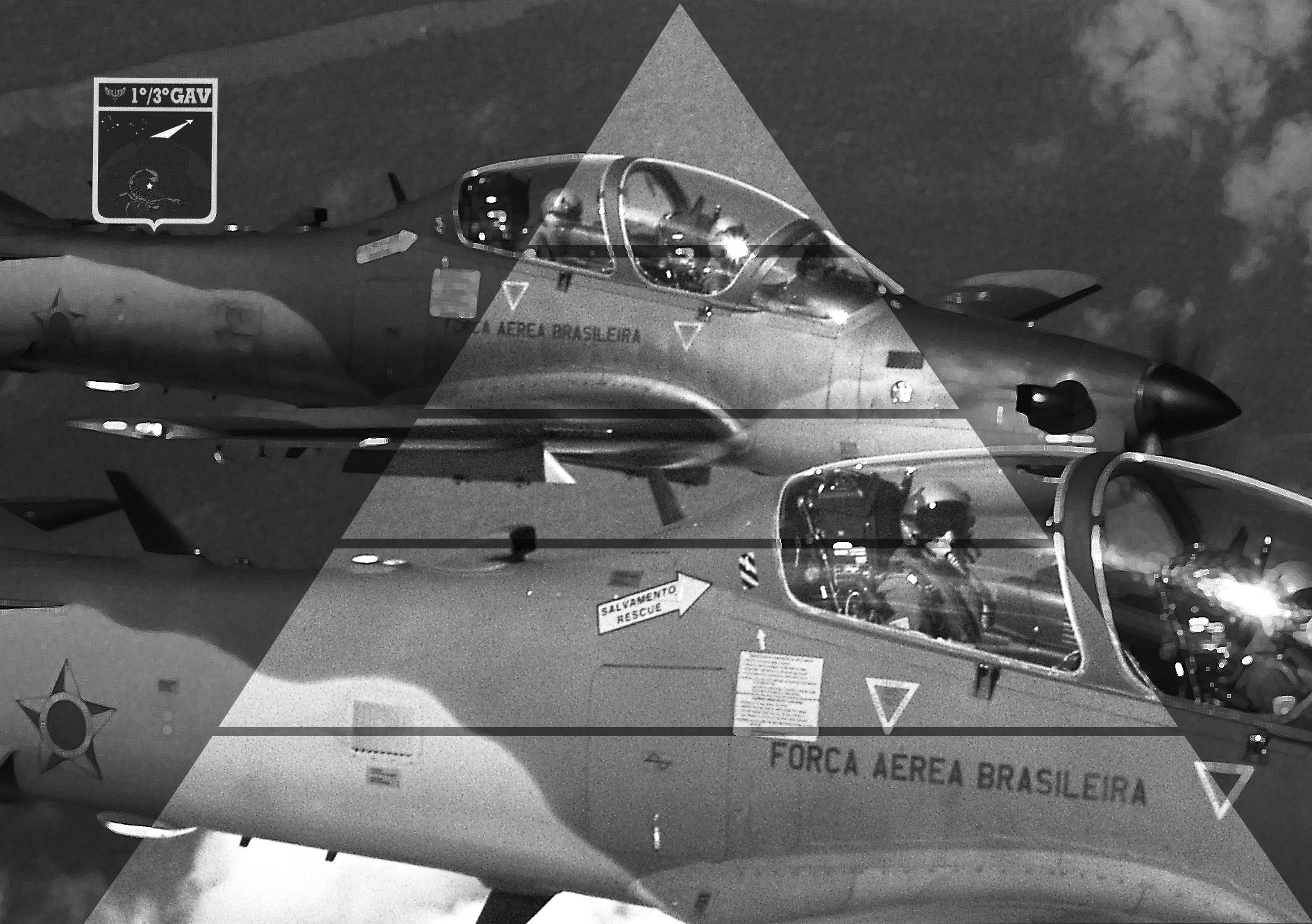The Motivational analysis of the current instructors of the First Squadron of the Third Aviation Group
DOI:
https://doi.org/10.22480/revunifa.2010.23.608Keywords:
Motivation, Instructors, Factors, 1º/3º GAVAbstract
The present research was designed with the objective of identifying, according to the Theory of Motivation-Hygiene, developed by Frederick Herzberg, organizational factors which influence the work motivation of the current instructors of the First Squadron of the Third Aviation Group (1º/3º GAV), considering them as a fundamental “gear” to fulfilling the mission assigned to the squadron. The main method used to obtain the necessary information for this descriptive research was data collection, through a questionnaire,being identified the positive and negative factors, limited by Herzberg theory factors, influencing the military surveyed. After returning the questionnaire, by the entire instructors surveyed, the collected data were tabulated, analyzed and interpreted based on the theoretical framework. Thus, the research obtained as the final identification of positive factors : the work itself, professional accomplishment, the responsibility assigned to the instructor, interpersonal relations, working conditions offered by A-29 aircraft and the current administration Air Unit (UAE) and the negative factors as: professional recognition, the opportunities for career advancement, compensation current, the physical working environment and the current organizational policies and guidelines. Therefore, the present results are extremely important because they can be used as support for deeper analysis of the observed factors or to develop actions to strengthen or correct the noted items.
References
BERGAMINI, C. W. Motivação nas organizações. 5. ed. São Paulo: Atlas, 2008.
BRASIL. Comando da Aeronáutica. ICA 19-10: programa de trabalho anual da Terceira Força Aérea. Brasília, DF, 2010.
______. Comando da Aeronáutica. Escola de Aperfeiçoamento de Oficiais da Aeronáutica. Reações a mudanças. Rio de Janeiro, 2006. Apostila.
CHIAVENATO, I. Comportamento organizacional: a dinâmica do sucesso das organizações. 2. ed. Rio de Janeiro: Elsevier, 2010.
______. Introdução à teoria geral da administração. 3. ed. Rio de Janeiro: Elsevier, 2004.
DEJOURS, C. A loucura do trabalho. 5. ed. São Paulo: Cortez, 1980.
GIL, A. C. Como elaborar projetos de pesquisa. 4. ed. São Paulo: Atlas, 2007.
HERZBERG, F. The motivation to work. New Jersey: The World Publishing, 2004. Disponível em: <http://books.google.com.br>. Acesso em: 29 mar. 2010.
KELLET, A. Motivação para o combate. Rio de Janeiro: Bibliex, 1987.
MARCONI, M. A.; LAKATOS, E. M. Fundamentos de metodologia científica. 6. ed. São Paulo: Atlas, 2007.
MAXIMIANO, A. C. A. Introdução à administração. 6. ed. São Paulo: Atlas, 2006.
MOURA, N. Um vôo na história. Rio de Janeiro: FGV, 1996.
STEVENSON, W. J. Estatística aplicada à administração. São Paulo: Harbra, 1981.

Downloads
Published
Issue
Section
License
Copyright (c) 2010 Alessandro da Costa Borges

This work is licensed under a Creative Commons Attribution-NonCommercial 4.0 International License.
Revista da UNIFA permite que o (s) autor (es) mantenha(m) seus direitos autorais sem restrições. Atribuição-NãoComercial 4.0 Internacional (CC BY-NC 4.0) - Revista da UNIFA é regida pela licença CC-BY-NC








